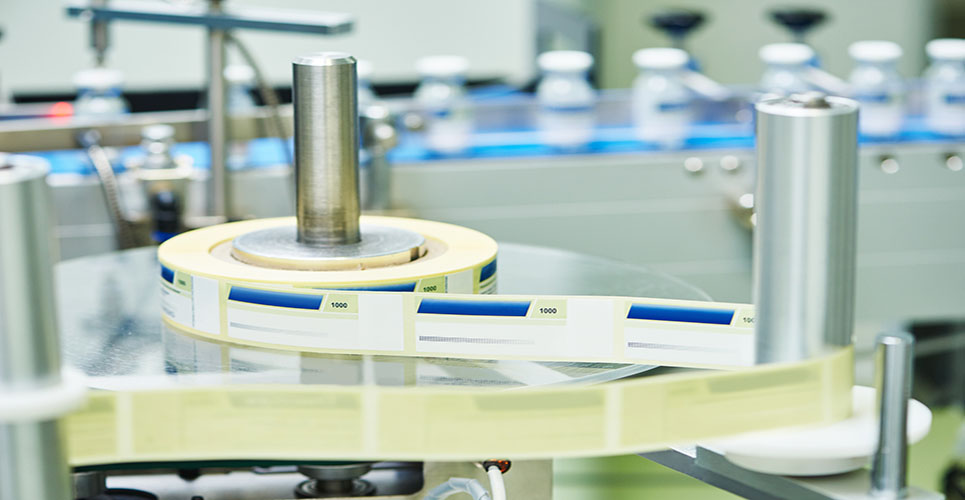teaser
Francis Fauvelle, Ousseid El Semman,
Nadia Amrar and Barbara Derly
Pharmacy, Groupe Hospitalier Intercommunal Le Raincy-Montfermeil, 93370 Montfermeil
France
The hospital group Raincy Montfermeil (GHI) is a general hospital consisting of 420 short-stay beds, 112 rehabilitation beds and 96 long-term care beds for the dependent elderly.
The activity of the emergency department (ED) is characterised by a large number of episodes of care (50,000 per year) and the number of hospitalisations per year is 5,500.
The GHI pharmacy provides pharmaceutical delivery continuously on site from 8am until 9.30pm on weekdays and 9am to 6.30pm on Saturdays, Sundays and bank holidays. Restocking with drugs in the ED took place twice a week before the automated dispensing cabinet (ADC) was installed.
There were many extra orders outside predefined refilling days and traceability problems with blood-derived products. Also the inventory track was inadequate because of the lack of pharmacy staff. In October 2007, our ED became the first in France to have an ADS installed.
Going live
Following the installation of the Pyxis MedStation from CareFusion in June 2007, it was decided the system would go live in October that year. The configuration of the ADC and the training of pharmacy staff and ED users were conducted during September by the CareFusion Company.
Two managers (pharmacy and ED) have been appointed for the implementation and monitoring of the ADC. The ADC is refilled twice a day during the week: at 3pm by a pharmacy technician and 8.30pm by the pharmacist on duty before leaving at 9.30pm. On Saturdays, Sundays and bank holidays, the ADC is refilled once at 5pm. If it runs out of stock, the pharmacy technician could refill the ADC at anytime.
The ADC system is interfaced with the patient management system (ADT) and with the hospital’s formulary. The user is identified using his fingerprint and password, then selects patients and medication (brand name). A dedicated server is installed at the pharmacy to monitor the stock status in real time. Data archiving is performed several times a day, and users can access archived data for a one-month period.
A satisfaction survey was conducted anonymously with physicians and 27 nurses between 15 December 2007 and 15 January 15 2008.
Results
The results are shown in Figures 1 and 2.
In Figure 1, the arrow corresponds to the installation of ADC in the ED: the average monthly number of lines between January and September reached 900 compared to 700 lines a month between October 2007 and December 2008.
In Figure 2, the arrow corresponds to the installation of ADC in the ED. The average monthly expenses was €7,500 before installation of ADC and €6,000 after October. The red arrow corresponds to the expenditure of January 2008 during a period of ‘Plan Blanc’ (emergency plan) which saw a massive influx of patients at ED. Indeed, during winter, many patients present themselves to the ED with seasonal diseases such as influenza, diarrhoea, viral infections.
Cost and time savings
Analyses performed before and after installation of the cabinet shows a 30% decrease in the number of lines of drugs consumed (900 lines versus 700 lines per month) and a saving of 25% (€7,500 a month on average before October, €6,000 average after October).
The results of the survey showed a satisfaction rate of 81% over the availability of medications and 52% of users believe that traceability and security in the administration of medications have improved. The number of employee journeys between the ED and the central pharmacy has decreased from ten times a day on average to once a day, saving an estimated 260 hours of nursing time per year. However, the time required for the two refillings per day by pharmacists has increased by 260 hours.
The installation of the ADC is part of the plan to achieve a tighter control of the medication process and cost management in the hospital. Processes are now easier for managing inventory levels and real-time alerts. The alert level for each stock item is easily changed, depending on consumption.
We are moving to the elimination of stock-outs and a better management of expiry dates and controlled drugs. The pharmacy is informed in real time about alerts or malfunction by means of screen colour codes: yellow = ‘everything OK’; orange = ‘alert’; red = ‘malfunction requiring immediate action’.
The warnings relate to problems of refrigerator temperature and problems due to a lack of connection between the patient-tracking management system and the ADC system, and are triggered by default when an operator opens a drawer. The pharmacy can react to these warnings immediately.
Traceability is improved for blood-derived products, controlled drugs and antibiotics: the patient’s name is linked to the name of the prescriber, the name of the nurse and the medication name (brand). Access is secure: the ward determines each user’s privilege profile.
The formulary is available with double entry: the brand name and international non-proprietary name that helps nurses in selecting the right drug. For an ED that works 24/7, the rapid access to medication is an essential prerequisite when installing an ADC.
Conclusion
This type of automated dispensing cabinet allows the pharmacy to master the medication process and supply chain including nights, weekends and bank holidays. There is a double check from the technician or pharmacist who refills it each day and the nurse or physicians who removes the medicines.
The interface with management system tracking patient’s movements ensures traceability of medicines that were administered. Medication supply chain management is considerably improved: the nursing time devoted to medication management is zero, the expiry date management is improved and the display of discrepancies allow the user to adjust the stock continuously.

